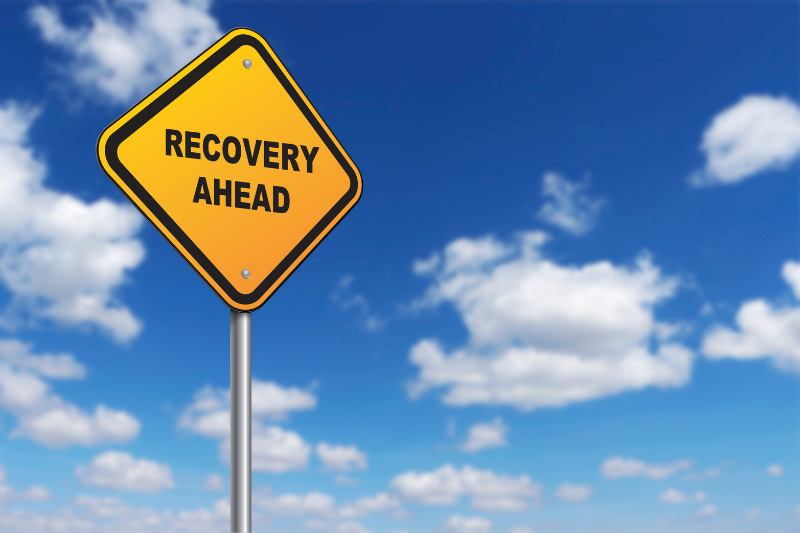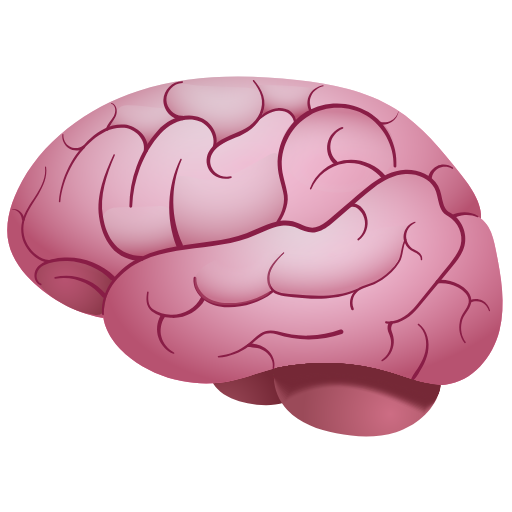A Holistic Look at Addiction Recovery
Addiction—both substance and process-related—is becoming seemingly more prevalent in our society today. As someone living in the Greater Vancouver area, it often feels like hope is fleeting and resources are shifting beneath our feet. It isn’t uncommon to hear stories of tragedy and heartbreak within this realm.
Whether you have personal experience with addiction, or support someone who does, taking a holistic approach to recovery can help reduce the stigma and shame that still surround this topic.
What Is the BioPsychoSocioSpiritual (BPSS) Model?
The BPSS model is one way to conceptualize addiction through a holistic lens. It brings together four key dimensions of human experience—biological, psychological, social, and spiritual—to help answer the often lonely question for someone experiencing challenges related to addiction:
“How did I end up here?”
Let’s break it down.
Biological (Bio)
This is where addiction science began—and where much research has historically been focused. Today, we know that addiction is not simply the result of one cause, but a complex interplay of:
- Genetics
- Brain chemistry and neurotransmitters
- Neurological function
This domain invites us to explore our medical and familial history. A reflective question you might ask yourself:
“Am I aware of any family history of addiction?”
Psychological (Psycho)
Here, we look at facets like our thoughts, feelings, moods, and mental health. Often, addiction isn’t the problem—it’s a solution to an underlying challenge such as:
- Anxiety
- Depression
- Trauma or grief
Understanding this domain can help uncover root causes of addiction. A helpful question to consider:
“What coping strategies do I turn to in times of stress?”
Social (Socio)
The social component of the model examines the broader environment in which we live, including:
- Socioeconomic status
- Education and employment
- Access to support systems
This is where we start seeing the impact of external influences and how our environment shapes our behaviors. I often use the term recovery capital—the social and personal resources we can draw on to support recovery.
Ask yourself:
“What do my social connections look like?”
Spiritual
While the BioPsychoSocial model works well on its own, adding the spiritual element can bring deeper meaning for many.
Spirituality might involve organized religion, a personal belief system, or reflective practices such as:
- Meditation
- Prayer
- Solitude and nature
For some, spirituality is a powerful source of hope and connection. For others, it can stir up guilt or shame from past experiences. A thoughtful question to explore might be:
“What does my faith, religion, or worldview say about addiction and recovery?”
The Opposite of Addiction Is Connection
In my work, one idea consistently rings true: the opposite of addiction is connection.
Addiction thrives in isolation. Bringing your experiences into the open—talking about them, reflecting on them, seeking help—can be a powerful step forward.
Recommended Resource
If you’re looking for deeper insight, I highly recommend:
In the Realm of Hungry Ghosts by Dr. Gabor Maté
An eye-opening look into the root causes of addiction, based on decades of compassionate work.
You can also check with your local health authority for information on medical care and recovery support services available in your area.
Recovery is not one-size-fits-all. But taking a holistic view can bring clarity, empowerment, and hope to what may feel like a daunting path.





